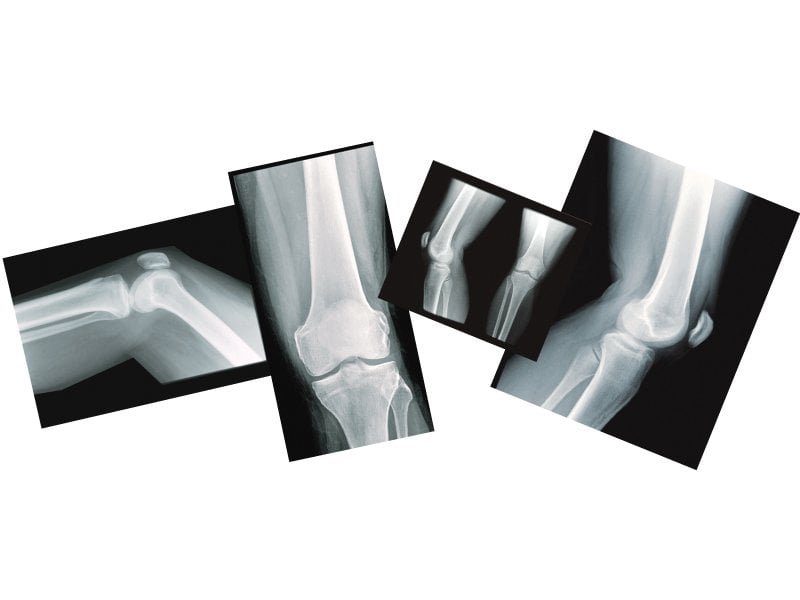
The knee is situated between the two longest bones in the body, the tibia and the femur, commonly referred to as the classic door hinge joint. It is also the largest and heaviest hinge joint present in the body.
Knee pain is very common and can come at all ages. Since it is the most commonly used joint in the body, the pain is caused by wear and tear to the knee joint and the surrounding tissue that worsens over time. It s biological design enables it to bear heavy load but excess weight can do real damage to your knees. When you weigh more than you should, you’re putting more force on that cartilage that functions as a shock absorber and protects the knee from injury, which then tends to wear quicker.
Exercises:
For a start, do not drag your feet. Pick your feet up and walk as it helps in knee movement. Also, avoid crossing your legs at the knees when sitting for prolonged periods of time. It causes the knee a lot of harm as the kneecap becomes soft and is therefore prone to damage. To make the exercises a bit more fun, get an exercise ball, also known as the pilates ball. Follow these exercises and see a marked improvement in your knee pain:
- You can sit or lie down on the floor with your arms on each side. Then gently bend your knees by sliding your heel along the floor and place the ball between your knees. Give it a squeeze when you inhale and release it when you exhale. Repeat exercise six to eight times.
- Lie down on your back with your arms on each side. Lift your knees and bend them to form a 45 degree angle and then place the ball under your knees. Give the ball a squeeze when you inhale and bring it back to position when you exhale.
- Lie down on your back with your arms on each side and stretch your legs before you. Then left one leg to form a 90 degree angle and hold the exercise ball under the knee. Inhale and allow the knee to squeeze the ball. Repeat six to eight times and alternate between each leg.
If you do not have an exercise ball, you can form a body bridge. For that you need to lie on your back on an exercise mat with your knees bent so that your feet are flat on the floor. Stretch your arms before you and place them on each side with the palms of your hands on the floor. Raise your lower body by pressing with your heels and lifting your hips. Your weight should rest on your shoulders, using your arms to maintain balance. Your body should form a straight line from your knees to your shoulders. Inhale while in this position and exhale to come back down.
Types of knee pain
Anterior knee pain: It is the chronic pain in the front and centre of the knee. It is common among young athletes, especially girls. It can be caused by prolonged sitting or by climbing stairs.
Housemaid's knee pain: It more commonly occurs in people who spend long periods of time kneeling. It is caused by inflammation of the bursa (a small fluid-filled sac) in front of the kneecap.
Athlete’s knee pain: It is common among teenagers who are more active in sports, especially girls. It is often described as being directly behind the kneecap or at the top of the shin.
Dull knee pain, if consistent, is a warning going towards inflammation or degeneration of the cartilage.
Dietary recommendations:
- Eat plenty of carbohydrates, especially whole grain. Also indulge in plenty of fruits, vegetables, beans and potatoes.
- Consume protein in the form of chicken and turkey. Protein is important, but best when kept to a minimum — extra protein does not give you extra strength.
- Drink plenty of water.
- Magnesium, vitamin E and amino acids enhance muscle function and are extremely good for the knee muscles.
- Herbal remedies include cinnamon, ginger, bio yogurt, honey and mushrooms. Cinnamon has antibacterial and anti-inflammatory properties that fight illness and reduce swelling.
Furthermore oils with which contain aloe vera, cinnamon and vitamin E are good for massage. They help relieve the knee pain by strengthening the core and improving the blood circulation.
Published in The Express Tribune, Sunday Magazine, January 6th, 2013.
Like Express Tribune Magazine on Facebook to stay informed and join the conversation.
1728297472-0/Fousey-(1)1728297472-0-405x300.webp)

1730806672-0/diddy-(37)1730806672-0-165x106.webp)
1731748155-0/BeFunky-collage-(8)1731748155-0-165x106.webp)













COMMENTS
Comments are moderated and generally will be posted if they are on-topic and not abusive.
For more information, please see our Comments FAQ